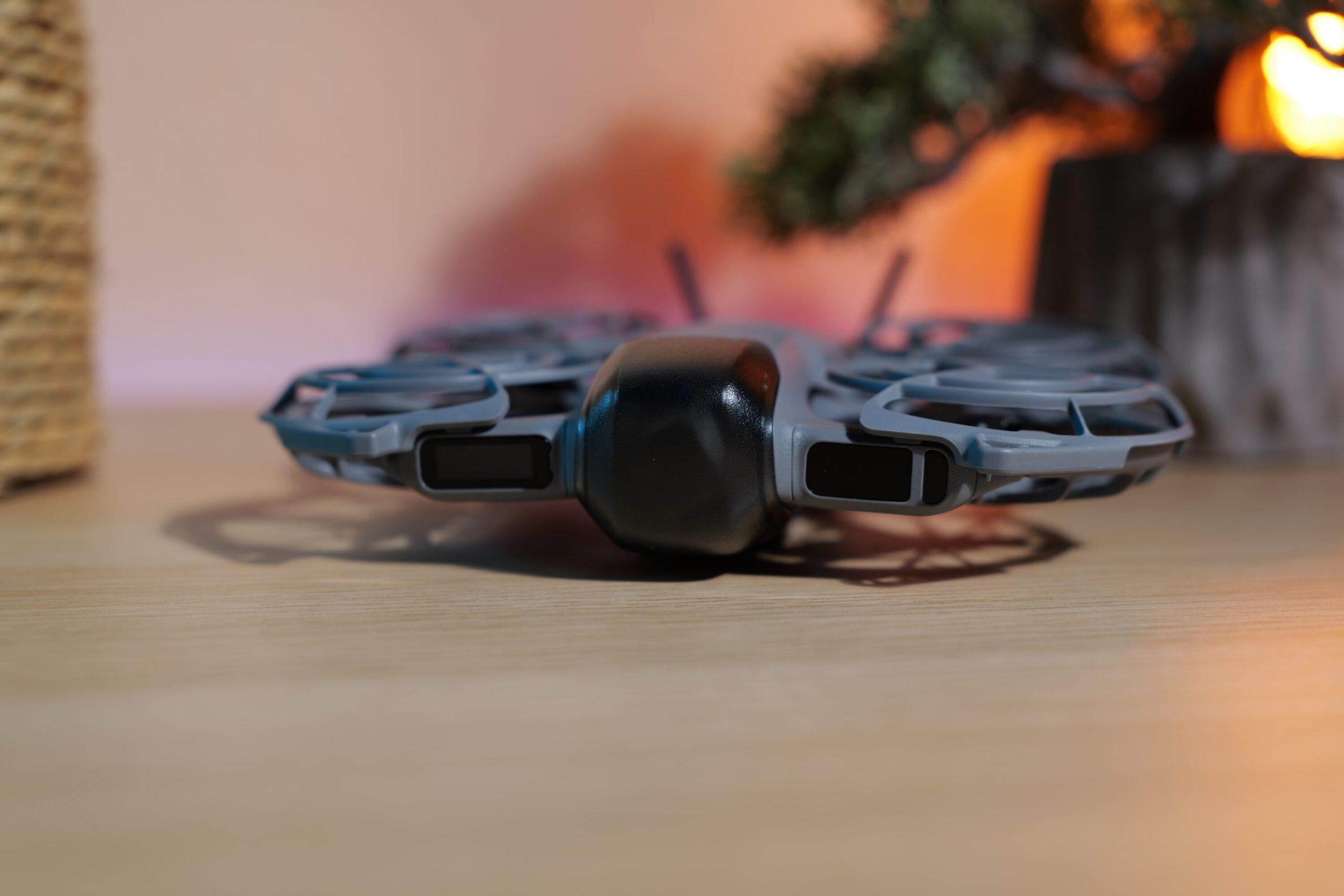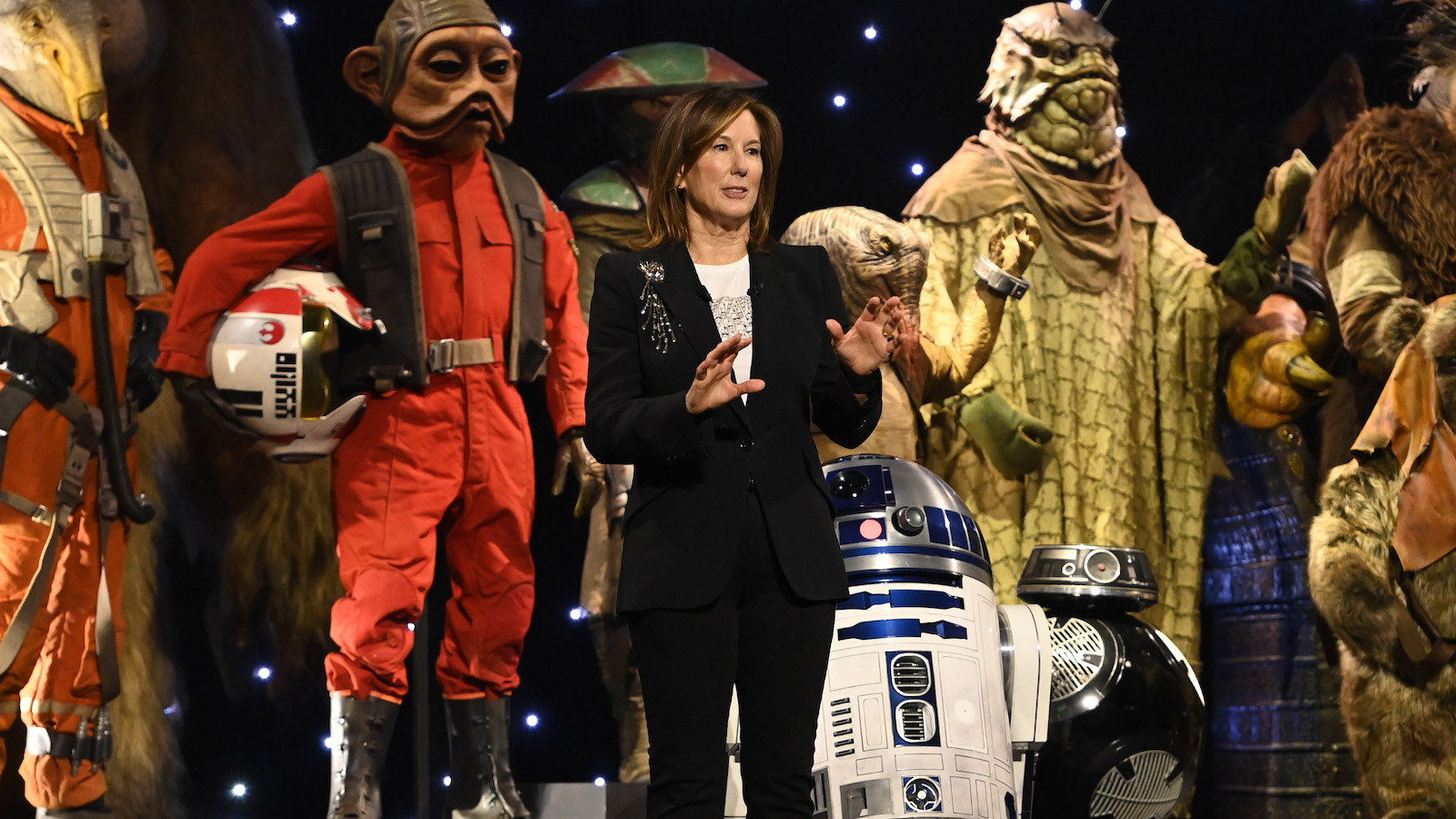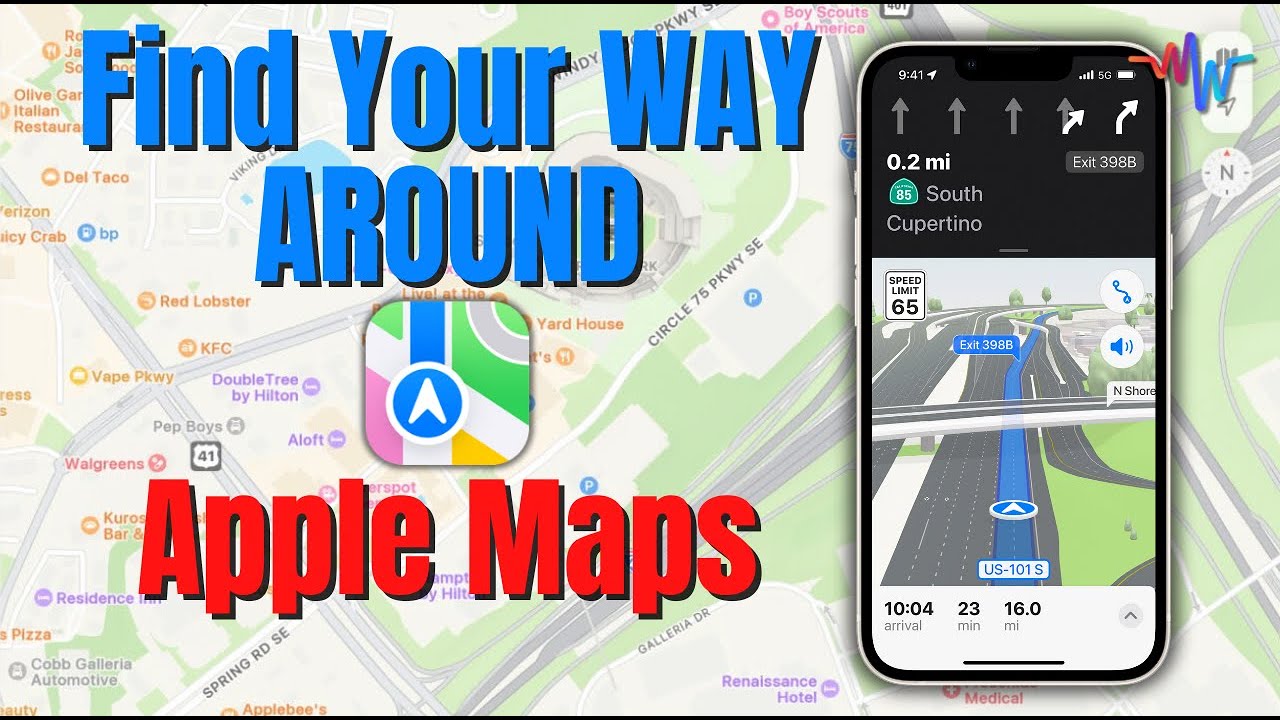Apple TV Unveils Comeback of High-Stakes Thriller Debuting Next Month
**Hijack Season 2: Anticipations for Apple TV’s Exciting Comeback**
One of Apple TV’s premier thriller shows, *Hijack*, is poised for its eagerly awaited second season next month. The recently unveiled trailer has generated plenty of excitement among fans, providing a sneak peek into the action-filled storyline that awaits.
### Thrilling Season 2 Trailer
*Hijack* initially debuted on Apple TV in 2023, enthralling viewers with its high-tension, real-time structure that reflects the pace of the tale unfolding onscreen. This approach, reminiscent of the legendary show *24*, has cultivated a loyal fan base.
Whereas the inaugural season took place on a hijacked aircraft, the forthcoming season takes a new direction, placing lead actor Idris Elba in a precarious situation on an underground train. This shift in environment promises to bring forth fresh obstacles and dynamics as the plot progresses.
Season 2 is set to commence on **Wednesday, January 14**, with the premiere episode available right away, followed by subsequent episodes each week until March 4.
### Official Season Overview
Apple has shared an official synopsis of the season, hinting at the gripping drama ahead:
> “In the exhilarating second season of *Hijack*, a Berlin underground train and its passengers are taken captive, while, above ground, officials rush to save hundreds of lives. Sam Nelson (Elba) finds himself at the center of the emergency on the train, where one misstep could lead to catastrophe.”
### Binge-Worthy Entertainment
For those who have yet to experience *Hijack*, the series is especially suited for binge-watching, making it a fantastic option for holiday entertainment. The trailer indicates that new audiences may easily dive into season 2 without feeling out of the loop, although catching up on the first season is strongly advised for a deeper appreciation of the characters and storyline.
You can view the complete first season of *Hijack* with an Apple TV subscription, priced at **$12.99 per month**. The platform also showcases other popular series and films, including *Ted Lasso*, *Severance*, and *Pluribus*. Furthermore, Apple TV is accessible through the Apple One package.
As the countdown to season 2 commences, fans are curious about how the narrative will unfold and what new surprises await Sam Nelson and the hostages on the train. Will you be watching to see the action unfold?
Read More








